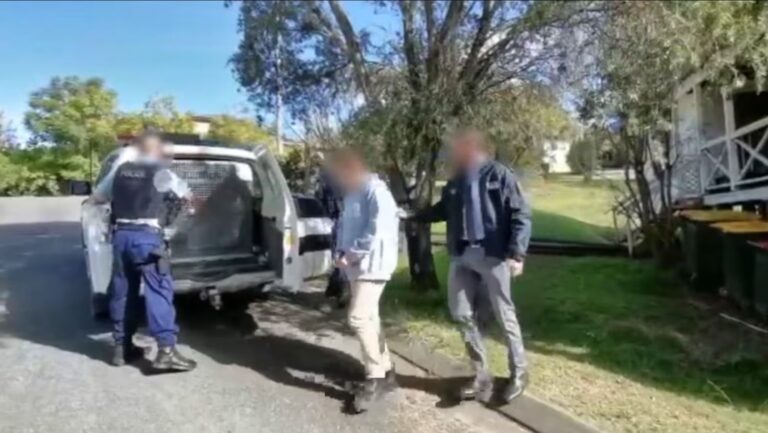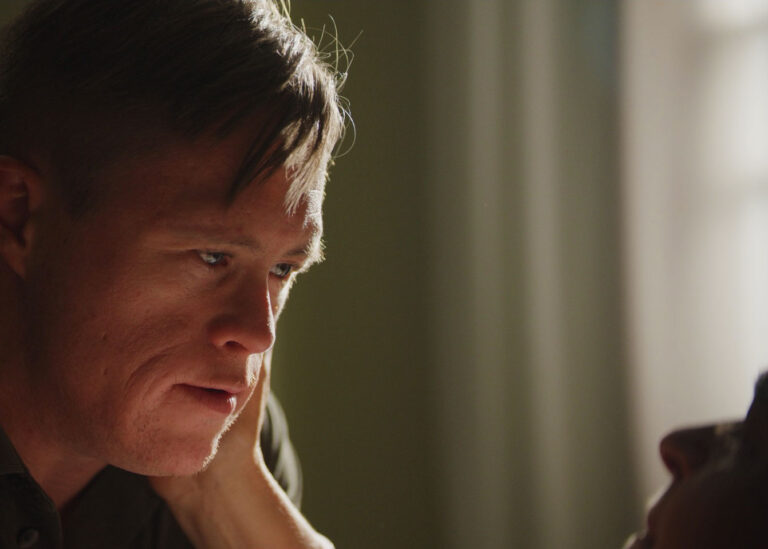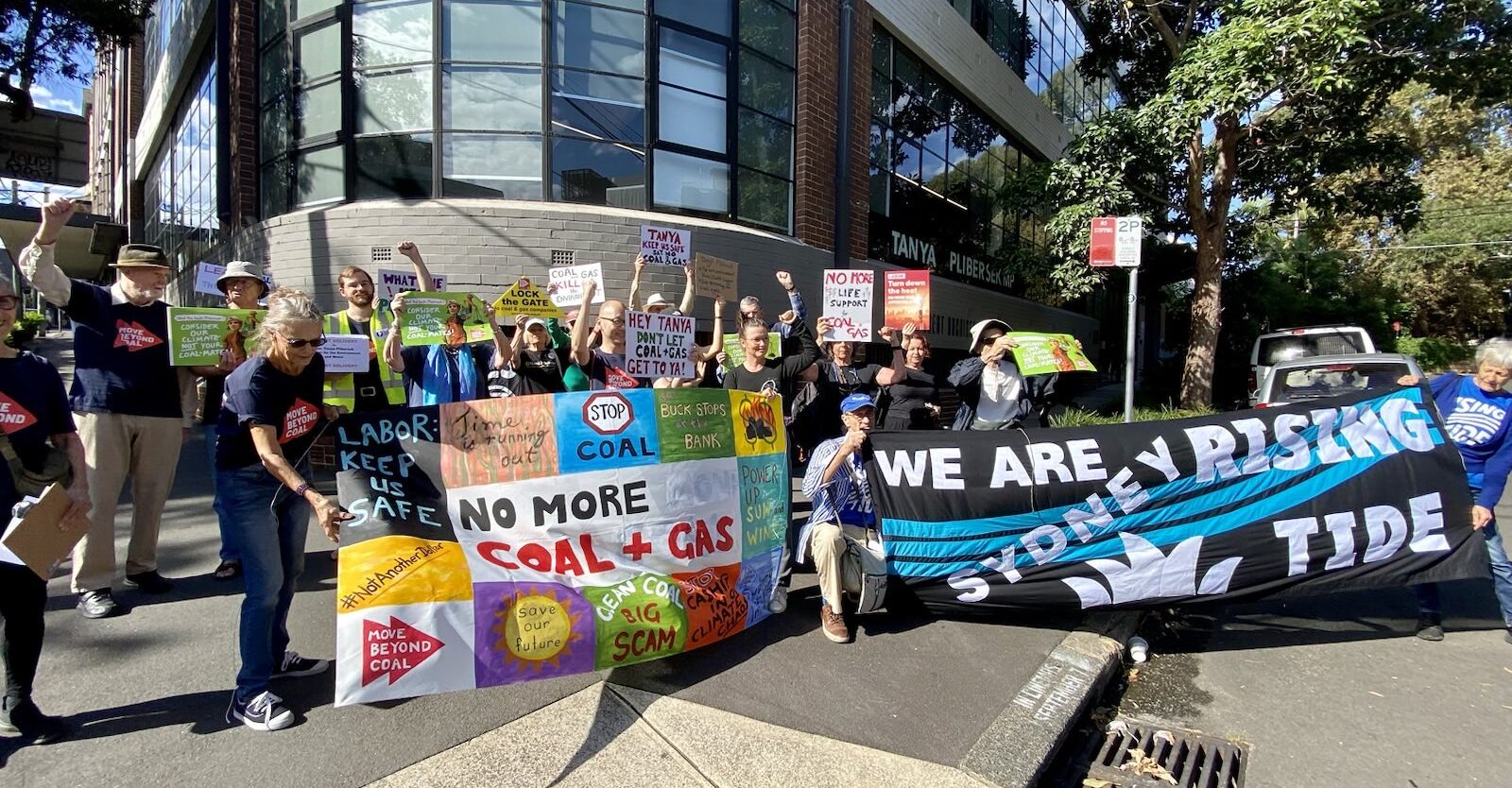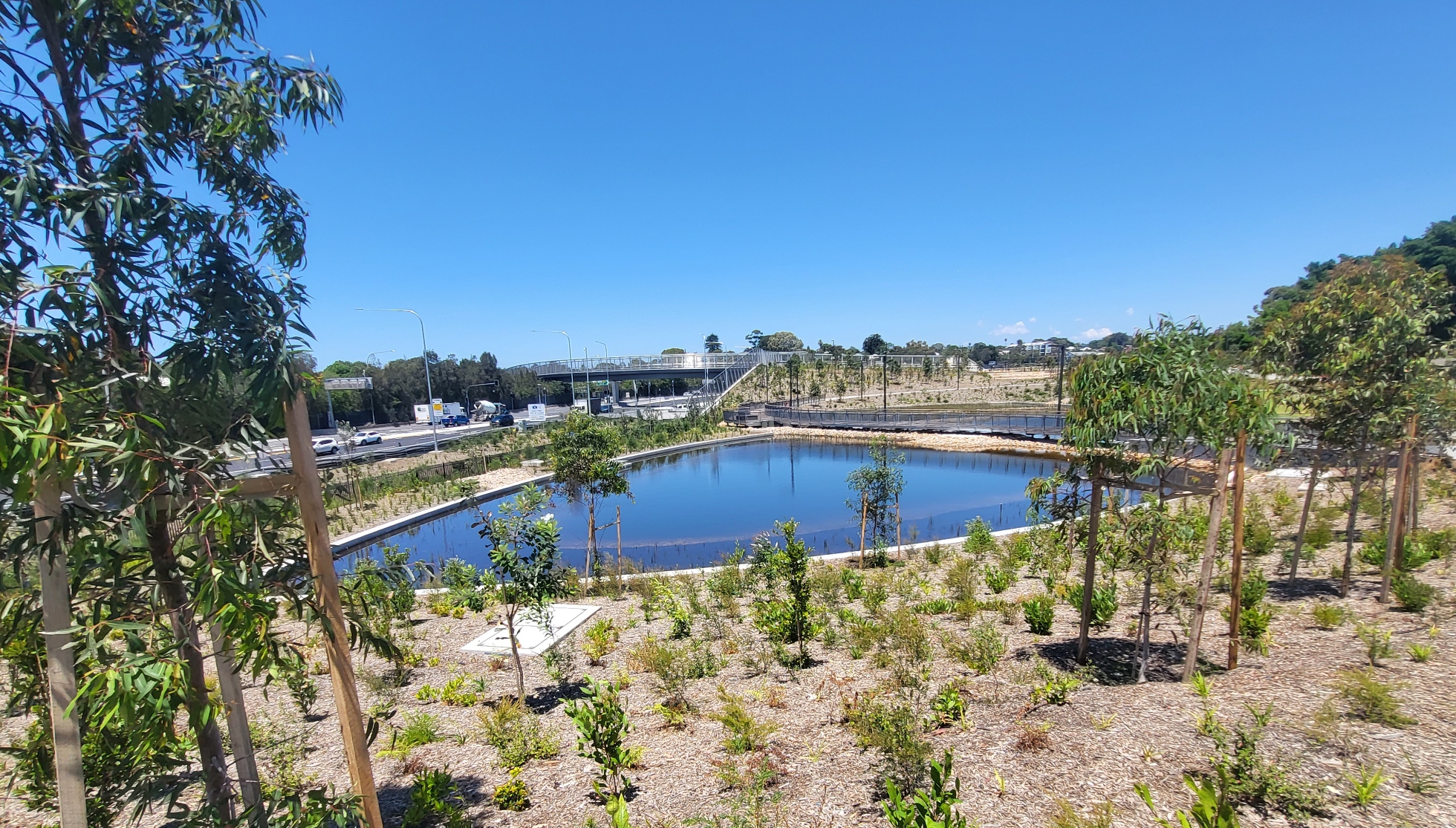
How the racing tax scam works

by JOHN MOYLE
That the Thoroughbred racing industry is in a crisis cannot be denied. Just before the 2019 Melbourne Cup the ABC broke a damming story on the treatment of working race horses that also highlighted the horrendous manner in which non-performing horses were disposed-of.
The fallout was immediate and far reaching for animal rights activist and horse lovers alike.
Protesters took to the streets and an international pop star shied away from attending the Cup, which also suffered its lowest attendances since 1995.
The industry answered with motherhood statements and then retreated.
Generous tax concessions
Racing in NSW is a huge business with more than 200 Thoroughbred, harness and greyhound clubs across the state directly employing 90,214 people, and accounts for a $2.4 billion direct spend, with annual profits of $1.2bn.
So why is it that the Australian Tax Office (ATO) allows such generous tax concessions to the industry that have not been seen since the car industry?
Think of how negative gearing for houses works and you have a picture of how the racing industry tax concessions work. While everyone had an opinion about the car industry subsidies, no-one, it seems, wants to talk about the racing industry.
The Treasury and opposition racing industry spokesperson Dr Jim Chalmers was contacted for comment but did not respond.
Looking at just how generous the tax concessions are opens a can of worms as big as the issue of animal cruelty in the industry.
For a “hobby” racehorse owner winnings are not taxable, no matter how large these may be.
NSW winnings for 2016-17 amounted to $210,709, 314.
A “hobby” owner can be described as someone who buys a share through a syndicate for under $10,000.
A syndicate can have up 20 members who are also not liable for capital gains tax on that horse, not matter how much they sell the horse for.
“Capital gains on sales of personal use assets such as race horses acquired for less than $10,000 are ‘disregarded’ and are not required to be specifically reported as personal use asset exemption to the ATO,” an ATO spokesperson said.
The rub is that syndicates have no incentives to curtail the breeding of animals as they are mere assets that lead to more coverage fees, feed and stall fees and more work for the trainers.
Owners can expect to shell out around $40,000 per year for the above, which is one reasons that syndicates are so popular.
“The more financially appealing we make it for people to invest in racehorses, the more we encourage excessive breeding and increase the level of what the industry terms “wastage”, The Hon. Emma Hurst, MLC said.
University of Sydney’s Prof. Paul McGreevy put it into perspective when he said “For the 2017-18 season, 11,177 Thoroughbreds were registered, which would lead to an estimated 5,000 geldings needing a new home outside the racing industry.”
Racing NSW was contacted for comment on the number of syndicates in NSW and City Hub received the following reply from Kristy Livingstone, Racing NSW Administration Assistant Regulatory.
“Due to the nature of your request, we are not in a position to provide you with the information you have requested on an informal basis.”
A quick search of Racing NSW’s website showed that in 2016/17 NSW registered 330 syndicates, and increase of 21.3 per cent from the previous year.
During the same period there were 2,278 transfers of ownership and 710 lease agreements, a decrease of 2.2 per cent.
A further tax concession is granted to non-residents who do not pay capital gains tax if they live in a jurisdiction where race horses are also not subject to tax on sale.
Horses can also be written down to $1 by the age of 12 and mares purchased at the age of 12 or greater can also be written down in the first year.
If you are starting a horse breeding business you can transfer a horse into that business at market value and receive a 50 per cent capital gains tax discount.
Even Bart Cummings’ stumbled
Despite these generous concessions some fall over, big time.
In the late 1980s famous trainer Bart Cummings got into deep debt when he borrowed heavily to buy horses in the hope of making big capital gains and savings on tax.
The time has come to question why an industry that appears to be a law under itself and has so many animal welfare charges to answer is still receiving favourable treatment from the ATO.
“Negative gearing, coupled with the excessively generous treatment of capital gains, deprives governments of billions in tax revenues for essential services, encourages people to take risks with debt, and gives those who use it tax advantages that aren’t available to the vast majority of wage earners,” said a spokesperson from The Australian Council of Social Service (ACOSS), an organisation that advocates for action to reduce poverty and inequality.









